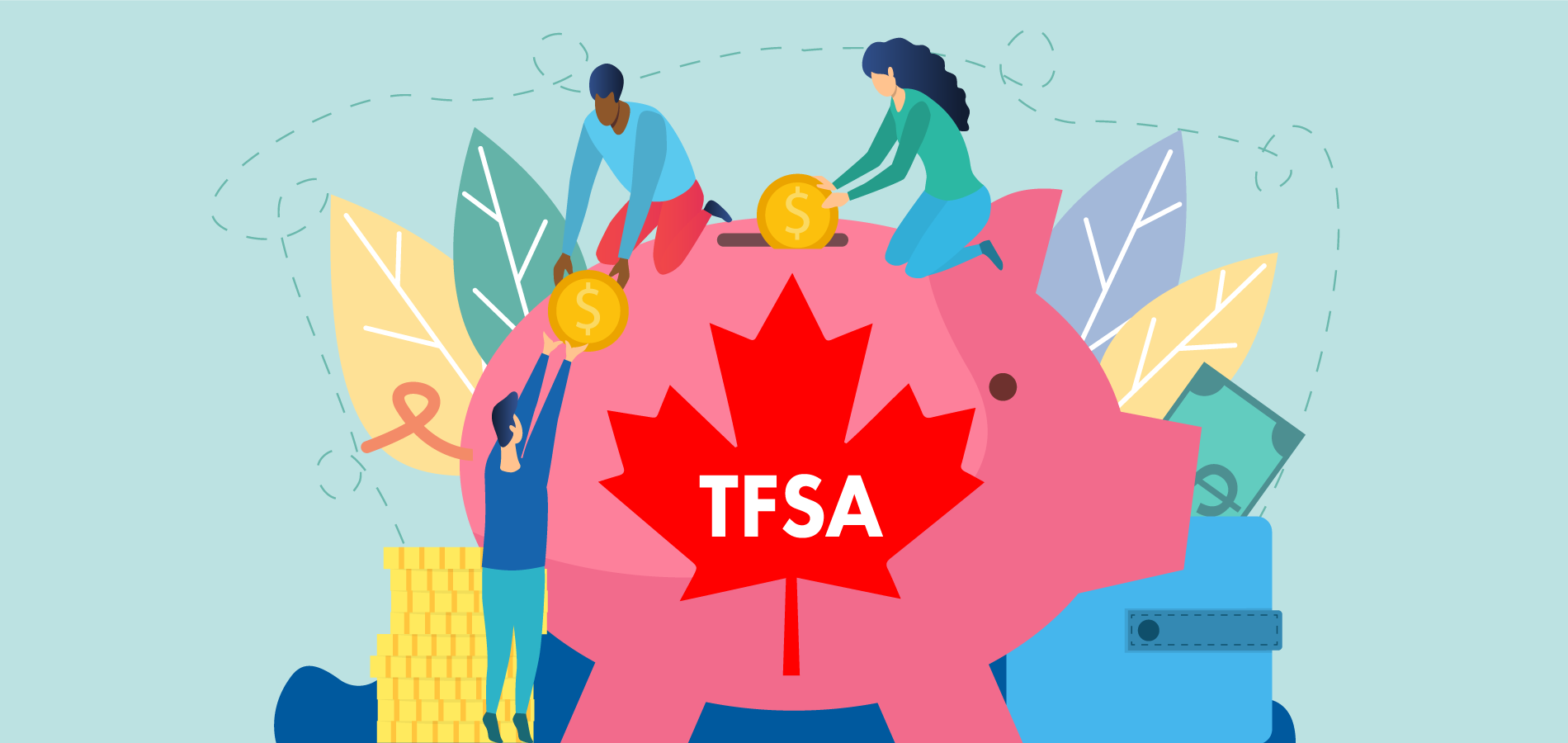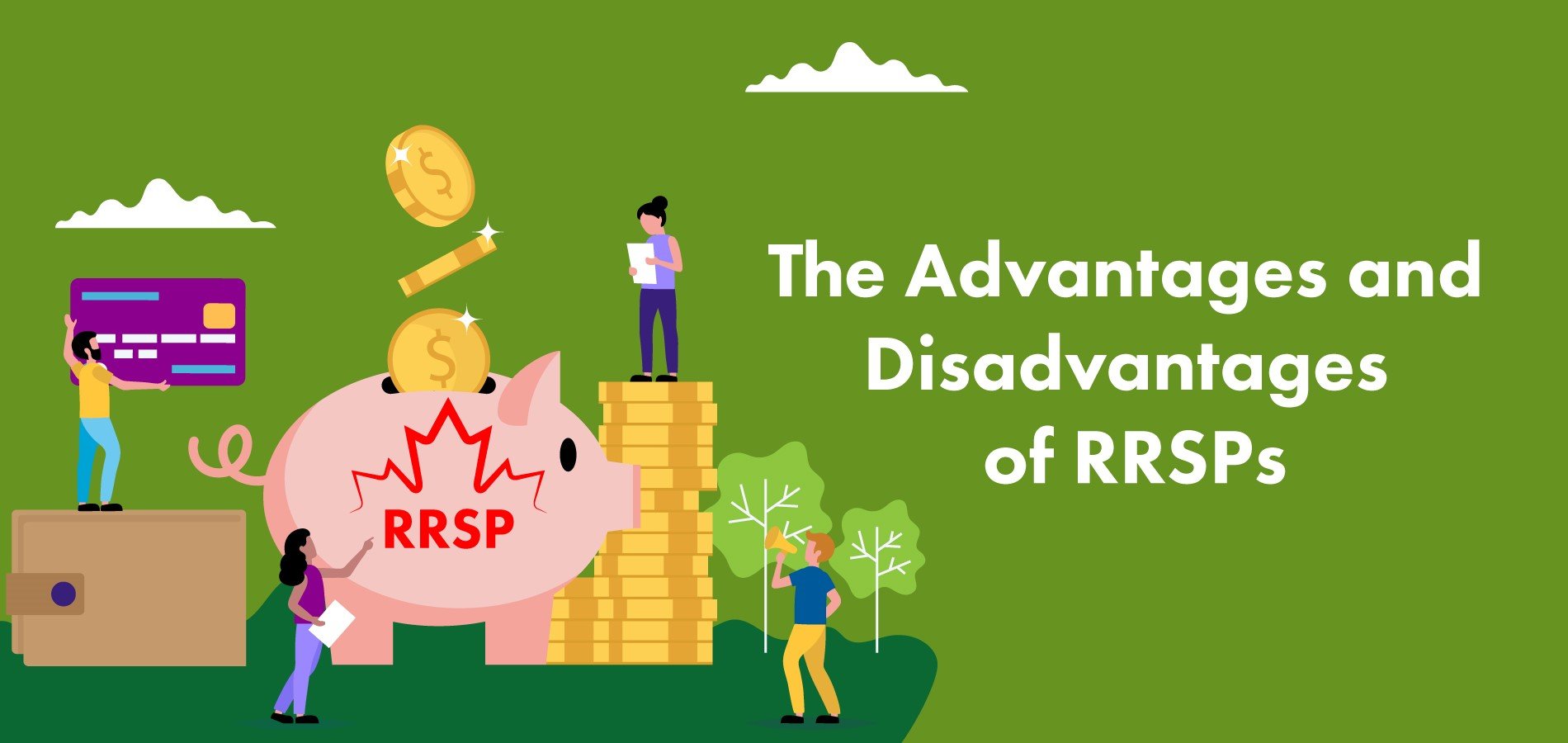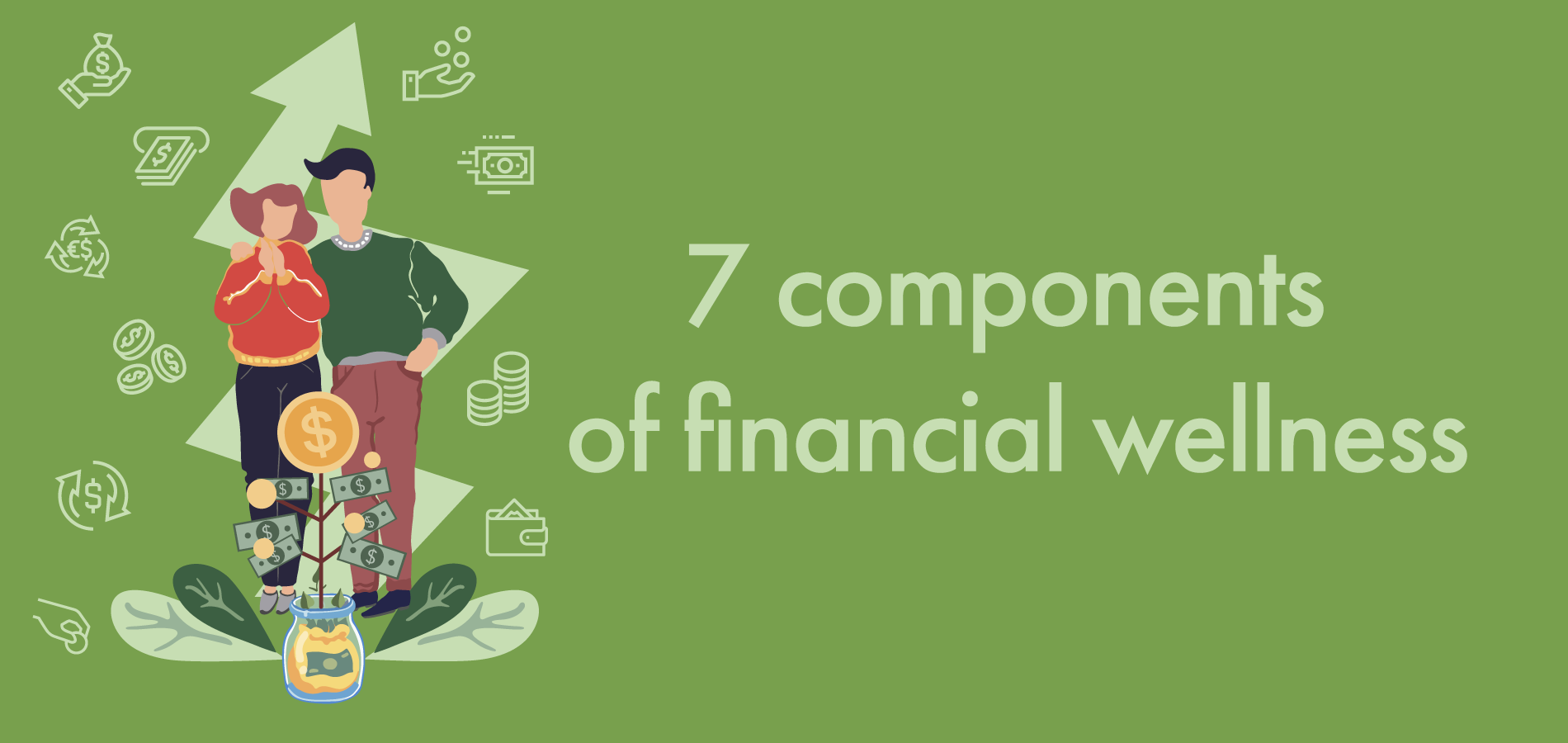A Registered Education Savings Plan (RESP) is a great way for a parent or grandparent to save for a child’s post-secondary education. The Canadian government even offers a partial match of contributions – so be sure to take advantage of this opportunity to help a student graduate without a lot of debt.
How does a Registered Education Savings Plan (RESP) work?
An RESP account provides tax-deferred growth to support saving for post-secondary education. The government will provide a 20 percent match on up to $2,500 contributed per child annually. That means you could get a $500 Canada Education Savings Grant contribution each year – at no cost to you!
Lower-income families get even more grants, up to 40 percent match in the case of a family with an income of less than $40,970 per year.
The Canada Learning Bond is an additional RESP benefit available to low-income families. It provides up to $2,000 in lifetime grants. In the first year, the government will deposit $500 to the RESP. For each subsequent year, $100 will be added – up to the maximum of $2,000. If the child does not attend post-secondary education, the funds are returned to the government.
The RESP funds can be invested in a wide variety of ways, from low-risk GICs to higher-risk stocks and mutual funds. Many families invest in stocks when the child is young – if there is a loss initially there is still plenty of time for the RESP value to recover. As the student gets closer to starting post-secondary education, the investments can be shifted to be more conservative.
Are there provincial education savings incentives?
Three provinces have inducements to set up education savings plans – Saskatchewan, British Columbia and Quebec. Visit the Canada education savings plan website to learn more.
How to open a Registered Education Savings Plan (RESP)
You can open an RESP account at most financial institutions and investment companies. RESP registration is easy! All you need is the SIN numbers for yourself and your child. You should also bring the child’s Canadian birth certificate or Permanent Residency card.
You are not required to deposit funds right away. It’s a great idea to get the account established – even if you are not able to contribute immediately.
Automatic monthly contributions from your bank account are an easy way to save for your RESP investment. As little as $100 per month can go a long way. By the time your child is 18, the accumulated interest and government grants will provide a tidy nest egg for their education.
If you are married or have a common-law partner, one or both of you can be named as the subscriber for the RESP account. This allows you to control how the money is invested and how it will be distributed once your child starts their post-secondary education.
Should I set up an individual or family plan?
Both are great options. The individual plan is in the name of one child. The family plan is great for people with more than one child who want flexibility in distributing the funds. If one of your progeny does not go to post-secondary education, you can still use the RESP funds for the other children.
When you set up your plan, a financial advisor will help you choose the type of plan that best suits your needs.
Is a Registered Education Savings Plan (RESP) taxable?
The interest, dividends and capital gains within an RESP account are tax deferred. While they remain in the RESP, tax is not payable on the funds. When students enroll in a post-secondary program and begins withdrawing money, the original contributions are not taxable.
The government grants and accumulated RESP investment earnings are taxable. However, students usually have very little income and can take advantage of deductions for tuition and living costs – as a result, they usually pay no tax on their RESP withdrawals.
What can a Registered Education Savings Plan (RESP) be used for?
According to the RESP rules, the funds can be used by a student in many types of post-secondary institutions. In addition to colleges and universities, eligible institutions include certain trade schools, vocational institutes, technical schools and even distance-learning programs.
In order to withdraw funds from an RESP account, a student needs proof of enrolment. Once that is provided, he or she can use the funds for a variety of purposes. It’s not just for tuition and books. Residence fees, apartment rentals and groceries can all be purchased with RESP cash. One can even use it for a bus pass or purchase a car in order to get to school. The student doesn’t need to provide receipts or track how the money is spent.
The funds can support post-secondary education outside of Canada. There are more restrictions on the type of institutions – so if your child will be studying in another country check to make sure the institution is eligible.
Who can contribute to an Registered Education Savings Plan (RESP)?
Just about anyone! RESP accounts aren’t just for parents. They are a great way for grandparents, aunts and uncles to show their support for a child. Rather than buying yet another gift, contribute to their RESP and teach them about the importance of saving.
Are RESP contributions tax deductible?
No. As indicated above, RESPs offer tax-deferred growth. Once a student starts school, the original contributions can be withdrawn without any tax consequences. Only the RESP investment growth and government grants are taxable – but usually the student’s low income means that they do not pay any tax.
How to withdraw from an RESP
Only the person who set up the account (such as a parent) can make withdrawals. They are known as the subscriber.
Their contributions, known as Post-Secondary Education Payments, can be sent to either the subscriber or the beneficiary. Any withdrawals of government grants (Education Assistance Payments) can only be made payable to the beneficiary.
There is a limit of $5,000 in withdrawing Education Assistance Payments during the first 13 weeks of schooling. After that, any amount can be taken out.
What happens to RESP if not used?
If a child does not attend post-secondary education, the funds can be transferred to a sibling. If there is no sibling (or they don’t go to higher education either) the funds can be moved the parents’ RRSP.
Plans must be closed after 35 years. So if your child is a later bloomer, they can still tap into the funds in their early thirties. That gives lots of time for them to make a decision about post-secondary education.
When an RESP account is closed, all government grants must be repaid and taxes paid on investment income.





